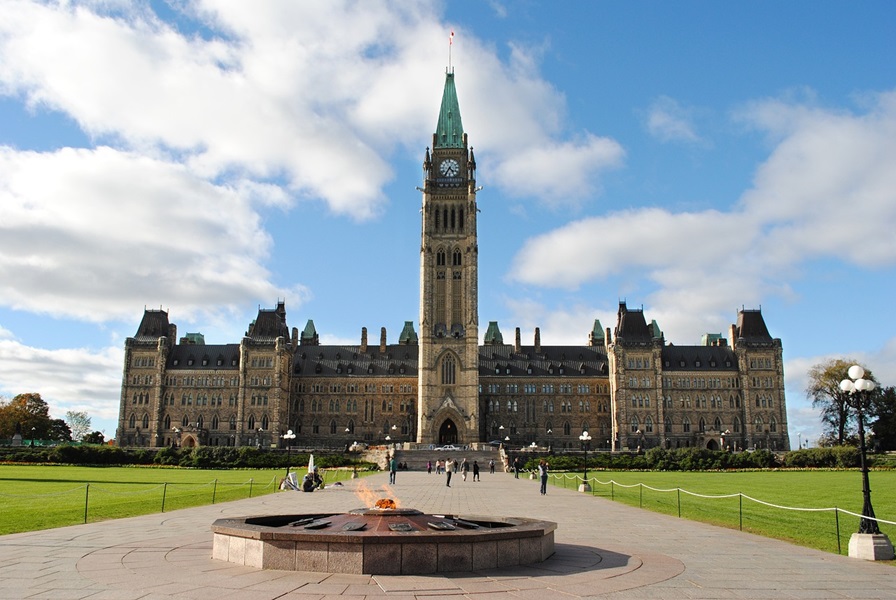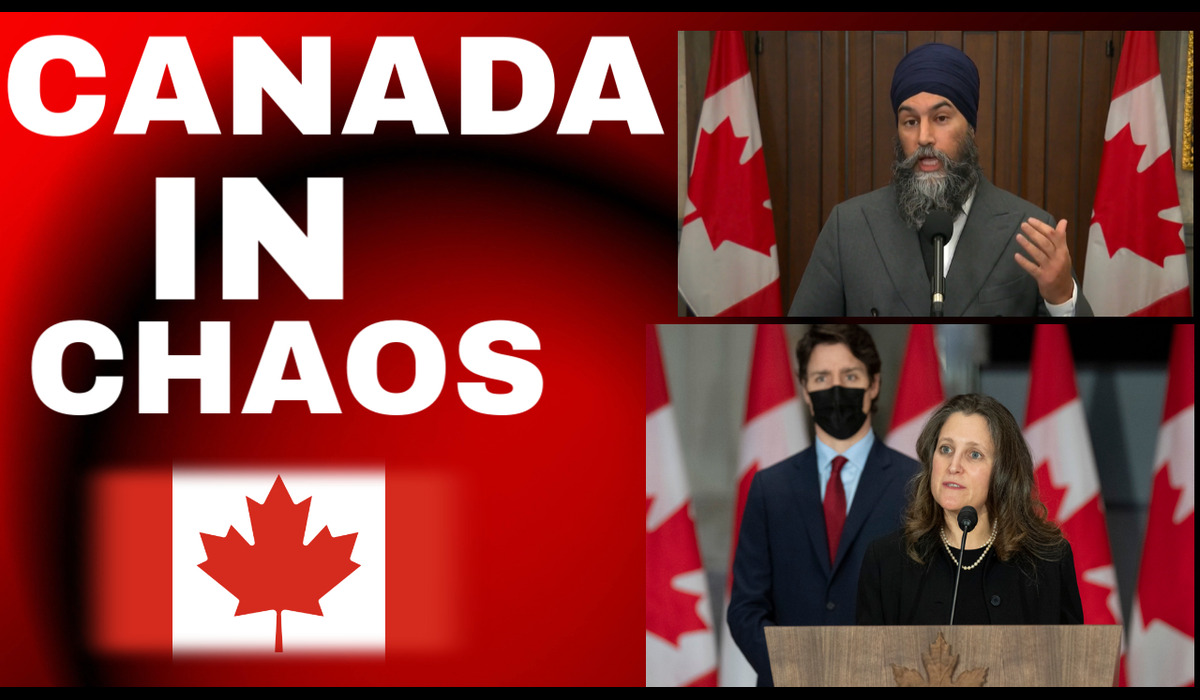Image Credits, Leslie Andrachuk, Festivio
The path to electoral victory is often far more nuanced than it appears. While high-profile candidates project confidence in their strategies, the reality is that many elections slip through their fingers due to missed opportunities, poor strategic decisions, or rigid adherence to outdated methods. In an era where the mainstream media continues to dominate the political narrative, there is a dangerous over-reliance on its influence, often leaving smaller yet crucial platforms on the sidelines.
Campaigns tend to cling to conventional wisdom, believing that coverage on major networks or features in prominent publications is the key to success. But this approach overlooks the power of minority communities, grassroots outlets, and alternative media that could prove pivotal. The reality is that mainstream media serves a purpose, but it is not the end-all-be-all of political success. Instead, there is a vast ecosystem of smaller publications, online forums, and community outlets that hold significant sway, especially in local elections or regions where large media conglomerates fail to penetrate.
When those who seek public office dismiss these platforms often do so at their own peril. The power of these smaller, more intimate publications lies in their ability to resonate with specific, often overlooked groups of voters. Minority communities, rural voters, and niche interest groups frequently rely on these outlets for news and political insights. Ignoring them is not just a tactical error; it is a failure to engage with the very voters who could tip the scales in tight races.
What’s even more perplexing is the tendency for campaigns to sidestep simple but crucial actions that could turn the tide. All it might take is one more phone call, one more well-placed advertisement, or a timely article in a community paper to connect with voters who are on the fence or previously disengaged. However, these opportunities are often overlooked. Whether it’s a lack of resources, miscommunication between campaign teams, or an overreliance on polls and data that ignore smaller media’s reach, candidates sometimes miss out on the very tools that could secure their victory.

Campaign handlers and political parties can be partly to blame for this shortsightedness. Stubbornness and rigidity in messaging, paired with a refusal to think outside the box, create an echo chamber that breeds complacency. Candidates believe they’re “doing everything they can” to win, but in reality, they’re operating within self-imposed limits. By refusing to engage with the broader media landscape, they miss out on opportunities that could change the trajectory of their election.
This failure isn’t just theoretical. High-profile candidates have lost winnable races because they failed to connect with key voter bases or ignored vital, albeit smaller, media outlets that could have helped them build a broader coalition. Too often they overlook the reality that today’s information landscape is fragmented, and voters are turning to more diverse and localized sources for political information.
The irony is that these missteps aren’t monumental strategic blunders but small, overlooked actions. In many cases, it’s not about radically changing a campaign’s direction; it’s about seeing the full media landscape and recognizing the value of each platform, no matter its size. Elections are often won on the margins, and when campaigns ignore these margins, they miss out on the difference between victory and defeat.
In a political era where voters are increasingly distrustful of traditional media outlets and where grassroots movements have proven their power to upend expectations, it’s clear that mainstream media is not the only path to victory. Success lies in the hands of candidates willing to engage with all platforms, to make that extra phone call, or place that ad in a community paper. And for those who fail to recognize this, the cost is often an election lost.









